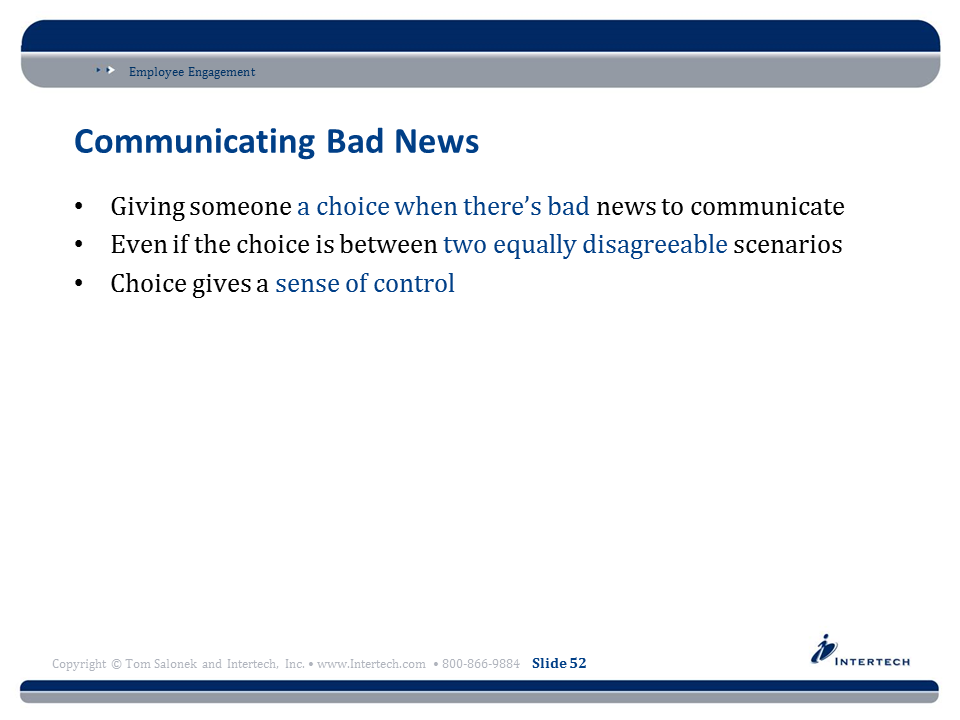 Did you know that asking questions is a skill that can be honed?
Did you know that asking questions is a skill that can be honed?
Have you ever thought about the benefits of using questions skillfully at work?
What do you think might be the top five reasons to improve your ability to ask – and answer – questions in the workplace?
Sorry to pepper you with so many questions, but what better way to launch into a post about “The Surprising Power of Questions”? (Oops, I did it again!)
An excellent “Managing Yourself” feature in the 2018 May/June issue of the Harvard Business Review by Alison Wood Brooks and Leslie K. John provides the answers to these and other thought-provoking questions.
First, the benefits to skillfully asking (and answering) questions at work:
- Unlocking hidden value
- Spurring learning and the exchange of information
- Fueling innovation and better performance
- Building trust among team members
- Mitigating risk by uncovering unseen pitfalls and hazards
So, the benefits are abundant. How do we go about enhancing the power and efficacy of inquiries? Authors Brooks and John, both professors at Harvard Business School, provide in-depth answers to this question, including a handy chart for both competitive and cooperative conversations. They include common challenges and tactics for handling questions in both types of exchanges.
For example, what to do when a conversational partner is reluctant to share information or may be tempted to lie? They advise:
- Ask direct “yes or no” questions to avoid evasive answers.
- Ask detailed follow-up questions to pry out more information.
- Frame tough questions using pessimistic assumptions to reduce the likelihood that the respondents will lie.
- Ask the most sensitive question first. Subsequent questions will feel less intrusive, making your partner more forthcoming.
What about when you’re the one in the hot seat? Here are some tactics that everyone could benefit from remembering:
- Avoid droning on and on. Use energy, humor and storytelling to engage others.
- Avoid talking too much about yourself and remember to ask questions of others.
- Deflect tough questions by answering with another question or a joke (if appropriate).
“A conversation is a dance that requires partners to be in sync—it’s a mutual push-and-pull that unfolds over time. Just as the way we ask questions can facilitate trust and the sharing of information—so, too, can the way we answer them,” they note.
Deciding what to share and what to keep private is another important aspect of answering questions in the office (or anywhere else for that matter). I was interested to learn that people “too often err on the side of privacy—and under appreciate the benefits of transparency. Sharing information helps to build trust and keeping secrets depletes us cognitively, interferes with our ability to concentrate and remember things, and even harms our long-term health and well-being,” according to the authors.
All the above reminds me of a great question at our last all company meeting. One of our senior consultants asked a solid question that I, later, realized many others were thinking. I gave my best answer at the time which turns out was wrong. Albert Einstein apparently once said, “Question Everything.” I might add: “Answer questions as completely and honestly as you possibly can.”
The above said, if we’ve answered questions completely and honestly and are wrong, the next steps are to own it, state incorrect assumptions, and share an updated best answer.



 Did you know that asking questions is a skill that can be honed?
Did you know that asking questions is a skill that can be honed?